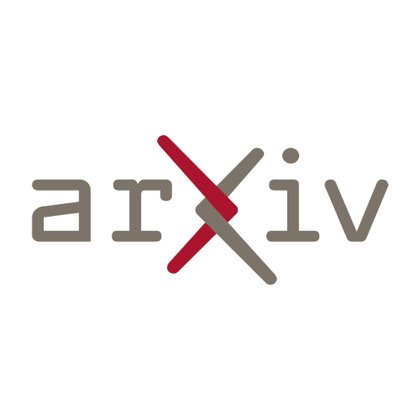
Calvin Luo
@calvinyluo
Followers
822
Following
492
Media
15
Statuses
55
PhD Student @BrownUniversity. Former @GoogleAI Resident. @UofT Alum.
Joined May 2019
Excited to share with everyone an accessible, intuitive tutorial on diffusion models! If you're curious about the math behind diffusion models and how their different interpretations can be unified, please check it out!. Stay tuned for a blog post soon!.
21
312
2K
RT @yidingjiang: A mental model I find useful: all data acquisition (web scrapes, synthetic data, RL rollouts, etc.) is really an explorati….
yidingjiang.github.io
This post explores the idea that the next breakthroughs in AI may hinge more on how we collect experience through exploration, and less on how many parameters and data points we have.
0
57
0
RT @GillmanLab: Ever wish you could turn your video generator into a controllable physics simulator? . We're thrilled to introduce Force Pr….
0
68
0
This is joint first-author work with Zilai Zeng @zilaizeng, and advised by Yilun Du @du_yilun and Chen Sun @jesu9. Project: Code: arXiv: Check out our #ICLR2025 poster on April 25th at 3:30pm (Poster #418)!.
arxiv.org
Video generative models demonstrate great promise in robotics by serving as visual planners or as policy supervisors. When pretrained on internet-scale data, such video models intimately...
0
0
6
Internet-scale datasets of videos and natural language are a rich training source!. But can they be used to facilitate novel downstream robotic behaviors across embodiments and environments?. Our new #ICLR2025 paper, Adapt2Act, shows how.
1
9
83
RT @scychan_brains: New work led by @Aaditya6284:."Strategy coopetition explains the emergence and transience of in-context learning in tra….
0
8
0
RT @dylanjsam: Excited to share new work from my internship @GoogleAI !. Curious as to how we should measure the similarity between example….
0
41
0
RT @ssokota: Model-free deep RL algorithms like NFSP, PSRO, ESCHER, & R-NaD are tailor-made for games with hidden information (e.g. poker).….
0
60
0
RT @poolio: Brush🖌️ is now a competitive 3D Gaussian Splatting engine for real-world data and supports dynamic scenes too! Check out the re….
0
64
0
RT @XiaomengXu11: Can robots leverage their entire body to sense and interact with their environment, rather than just relying on a central….
0
62
0
RT @dylanjsam: To trust LLMs in deployment (e.g., agentic frameworks or for generating synthetic data), we should predict how well they wil….
0
40
0
This is work with co-authors Mandy He, Zilai Zeng @zilaizeng, and Chen Sun @jesu9. Project Page: arXiv: Code: Come check out our poster at #NeurIPS2024 on Thursday, December 12th at 4:30pm (Poster #6706)!.
github.com
Code for "Text-Aware Diffusion for Policy Learning" (NeurIPS 2024) - brown-palm/tadpole
0
1
4





